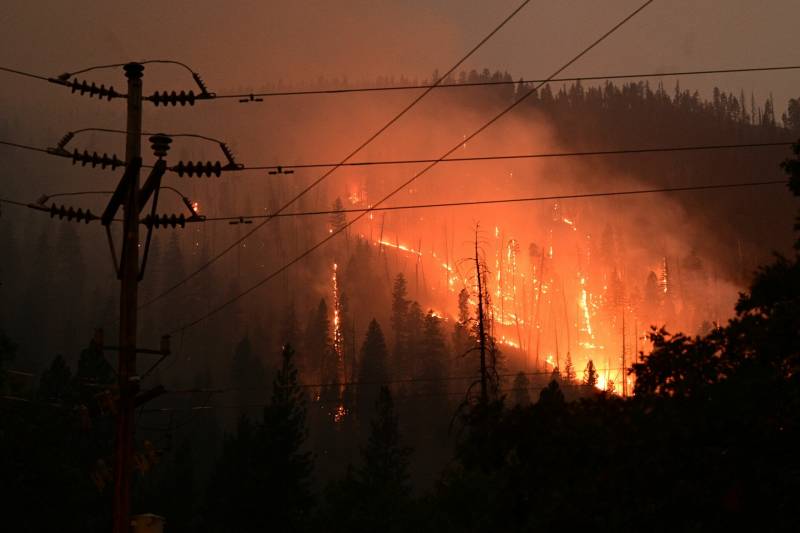A federal judge demanded on Monday that PG&E explain why it didn’t immediately shut off electricity flowing through a power line with blown fuses at the ignition site of the Dixie Fire.
U.S. District Judge William Alsup, who oversees PG&E's criminal probation for federal pipeline safety violations arising from the 2010 San Bruno disaster, questioned delays in the response of an electrical equipment troubleshooter — called a “troubleman” — that amounted to several hours and may have allowed a tree that had fallen onto a distribution line to ignite on July 13.
The Dixie Fire has grown to become California’s largest single-origin wildfire and has burned more than 960,000 acres, or 1,500 square miles, as of Monday.
“How come it took so long to get somebody there, and once they were there, why wasn’t it the smart thing to do to turn that power off?” Alsup said from the bench after two hours of testimony from the PG&E troubleshooter who responded to a power outage at Cresta Dam near the Butte-Plumas County border. The court has concealed the PG&E worker’s identity to protect his safety.
Alsup said PG&E recognized that the power line was on one of the most dangerous of the utility’s circuits for starting a fire.

